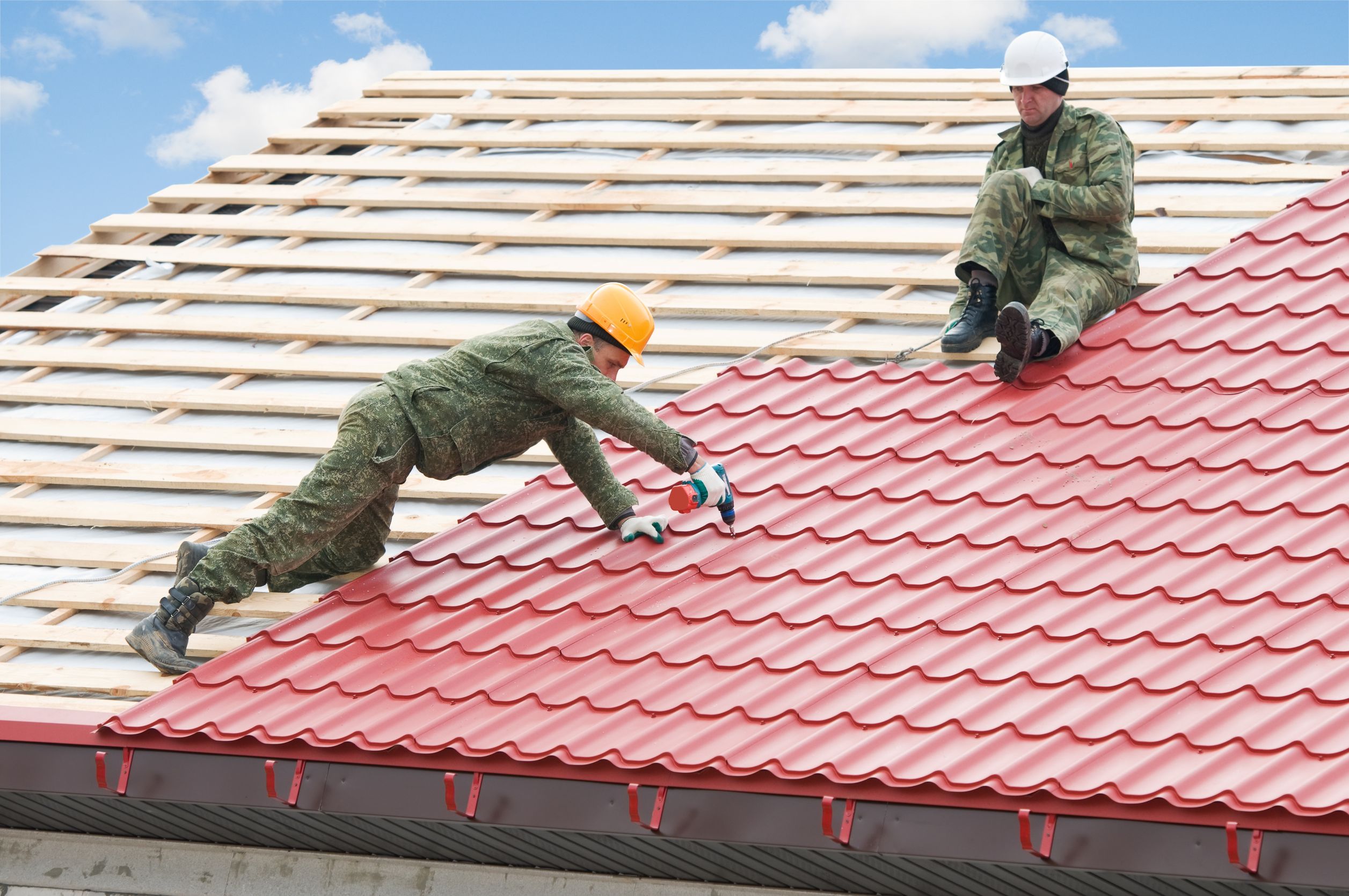The Truth About Home Warranty Plans
When it comes to protecting your home, the topic of home warranties often sparks a heated debate. Some swear by them, while others see them as an unnecessary expense. But what’s the real deal? Are these plans worth your hard-earned money, or do they leave homeowners with more questions than answers? In this post, we’ll peel back the layers and uncover the truth about home warranty plans. From what they actually cover to how claims work (or don’t), you’ll gain insight that could change how you approach home protection for good. Let’s dive in and explore!
What Home Warranties Actually Cover (And Don’t)
 Home warranties can be a mixed bag. They typically cover major systems and appliances in your home, like HVAC units, water heaters, and kitchen appliances. If one of these breaks down due to normal wear and tear, a warranty often steps in to help with repair or replacement costs. However, it’s essential to read the fine print. Not all damages are included. Pre-existing conditions usually aren’t covered. Similarly, issues arising from improper maintenance or neglect might leave you out of luck. Some plans exclude items like pools or spas unless specifically stated. Cosmetic damage? Forget about it—warranties focus on functionality over aesthetics.
Home warranties can be a mixed bag. They typically cover major systems and appliances in your home, like HVAC units, water heaters, and kitchen appliances. If one of these breaks down due to normal wear and tear, a warranty often steps in to help with repair or replacement costs. However, it’s essential to read the fine print. Not all damages are included. Pre-existing conditions usually aren’t covered. Similarly, issues arising from improper maintenance or neglect might leave you out of luck. Some plans exclude items like pools or spas unless specifically stated. Cosmetic damage? Forget about it—warranties focus on functionality over aesthetics.
Typical Costs and Service Fees Explained
Home warranty plans come with various costs that can catch homeowners off guard. Typically, you’ll pay an annual premium ranging between $300 to $600. This fee varies based on the coverage limits and specific services included. In addition to the premium, service fees are a crucial part of the equation. When you request a repair, expect to pay a service call fee anywhere from $75 to $125 per visit. This is separate from your monthly or yearly payment. It’s essential to read the fine print before signing up. Some plans may have higher premiums but lower service fees or vice versa. Understanding these nuances helps ensure you’re not overspending for limited benefits during critical times when repairs arise.
How Claims and Repairs Really Work
When something breaks down in your home, the process of filing a claim can be daunting. First, you’ll need to contact your home warranty provider. Be prepared with details about the issue and any relevant information regarding your appliances or systems. Once submitted, the company will review your claim. They may ask for additional documentation or photos to assess the situation accurately. It’s important to stay on top of these requests; delays can slow everything down. After approval, they will send a technician to diagnose and repair the problem. You typically pay a service fee at this point, which varies by plan. Keep in mind that not all repairs are covered under every plan—especially if regular maintenance hasn’t been performed on an appliance.
Alternatives to Traditional Home Warranties
If a traditional home warranty doesn’t seem like the right fit, you have options. One popular alternative is a home maintenance plan. These plans typically cover routine upkeep and preventative services, helping to avoid costly repairs down the line. Another option is appliance-specific warranties. If your refrigerator or HVAC system gives you trouble, these targeted warranties can provide peace of mind without covering unrelated items in your home. Some homeowners prefer self-insurance. By setting aside money each month into a savings account designated for repairs, you gain flexibility in choosing service providers and managing expenses as they arise. When considering a home warranty, it’s essential to weigh the pros and cons carefully. These plans can offer peace of mind, especially for first-time homeowners or those without extensive DIY skills. However, understanding what is covered—and what isn’t—can save you from unexpected frustrations down the line.…







 much expertise they have. This ought to be a point of pride for several firms that have been able to navigate the storms in their industry. Constantly search for experience when employing any sort of service providers, as you’ll be able to get a high quality job from a person that understands the intricate details of what they are doing.
much expertise they have. This ought to be a point of pride for several firms that have been able to navigate the storms in their industry. Constantly search for experience when employing any sort of service providers, as you’ll be able to get a high quality job from a person that understands the intricate details of what they are doing. to exactly what your issues are. It’s in that interview process that you could establish whether you need a total overhaul, or merely looking for a repair. No matter, you ought to make certain that you have enough details to make an enlightened choice.
to exactly what your issues are. It’s in that interview process that you could establish whether you need a total overhaul, or merely looking for a repair. No matter, you ought to make certain that you have enough details to make an enlightened choice.